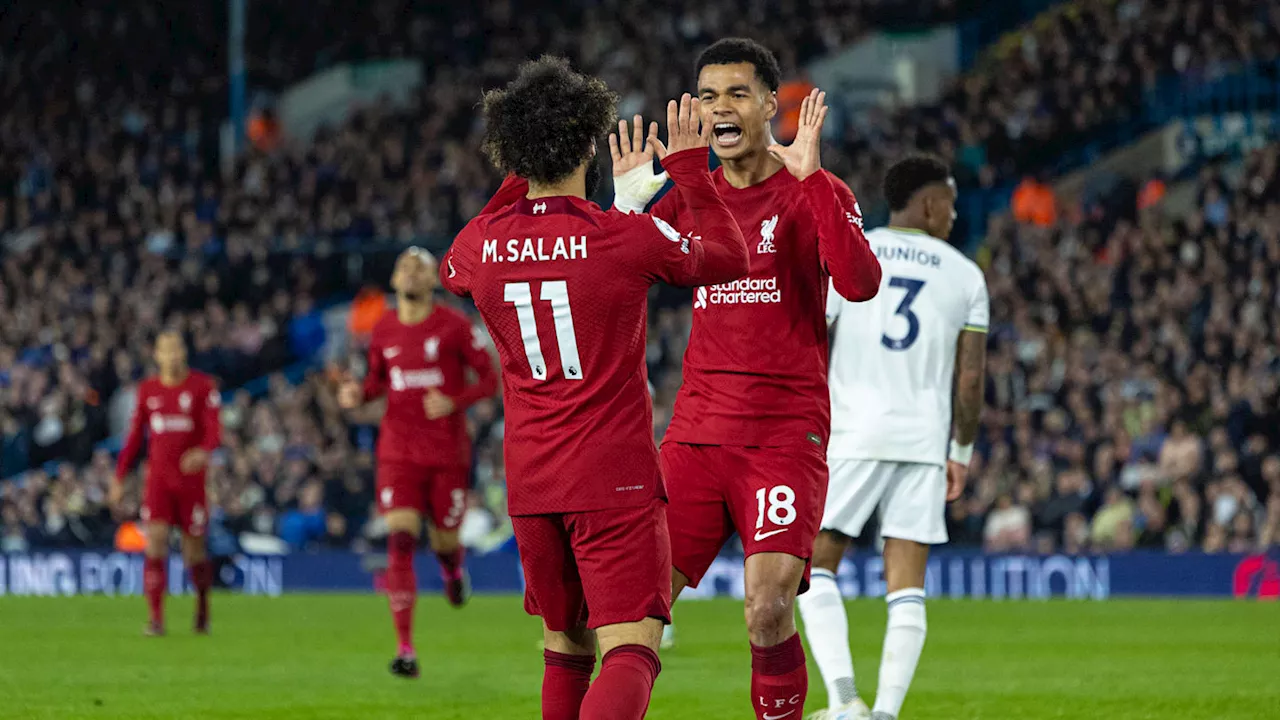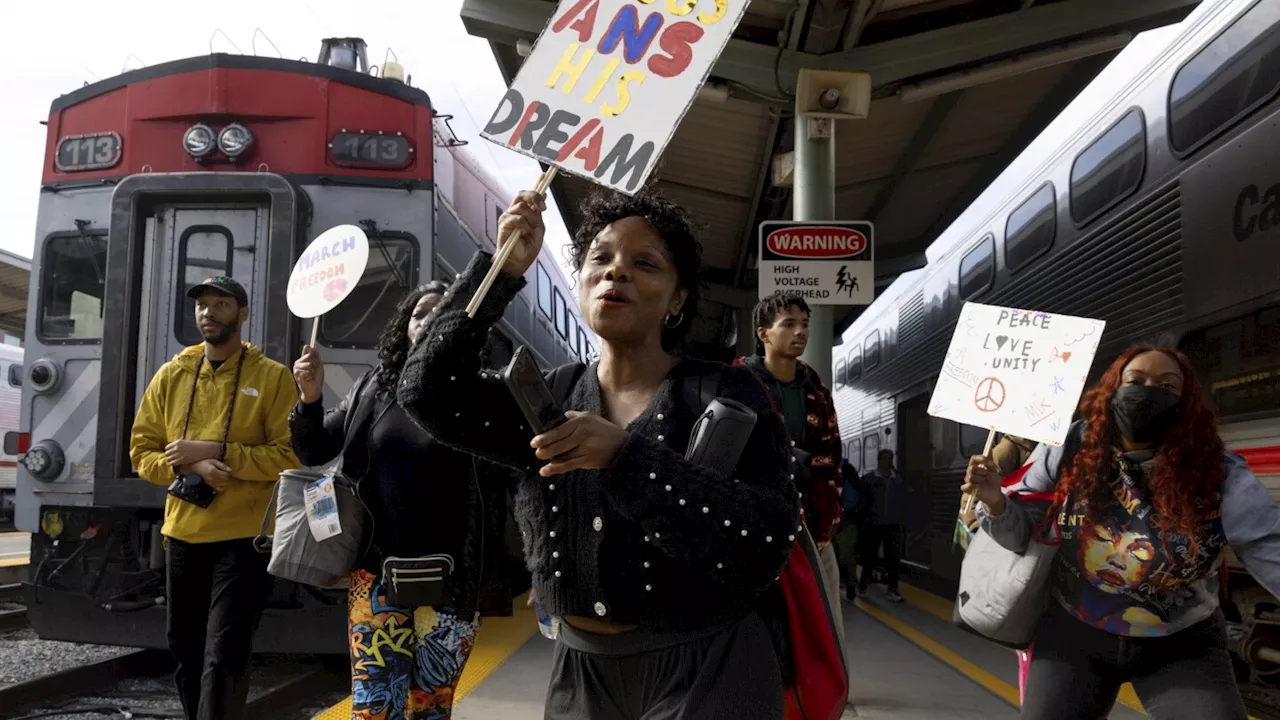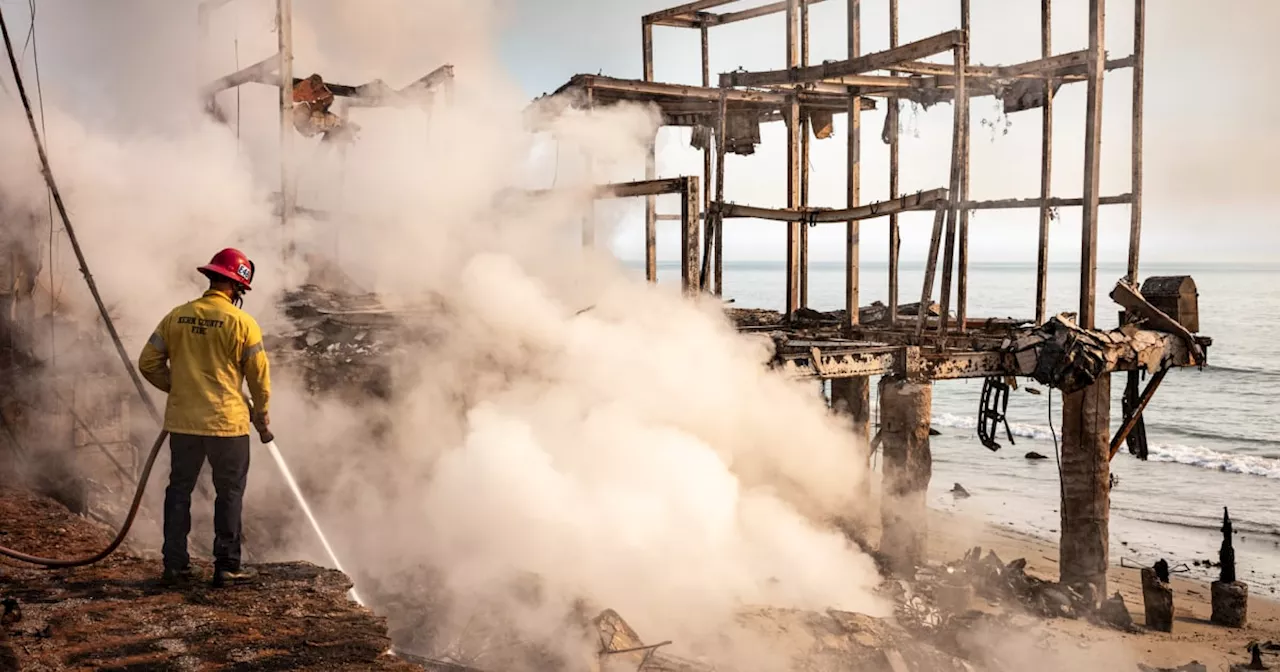This article delves into the complex world of tipping etiquette in restaurants. The author, Mike Sutter, explores the history, psychology, and social implications of tipping, questioning its fairness and effectiveness as a compensation system.
Welcome back to our monthly Taste Q&A column, where my food-writing colleague Paul Stephen and I field questions from Express-News readers. In past columns, we’ve answered questions about great places for prime rib and muffuletta sandwiches, and I’ve shared some of the best bites of my life. To submit a question of your own, fill out the form below. Just follow the onscreen prompts and be sure to include your name, the city where you live and an email address before you hit “submit.
” Joseph Conroy of New Braunfels asks: “When you review a restaurant, what criteria do you use for determining the amount of the tip? Your thoughts on the pre-determined percentages when the check is presented.” Mike Sutter’s reply: Do you want the short answer or the long answer? Just kidding. I only have long answers. And tipping is one of the longest answers, because tipping is both the angel and the devil sitting on our shoulders at every restaurant table. And then tipping follows us home and settles into our culture in ways we don’t always see or feel. Unless we’re living on tips. Tipping is so much more complicated than figuring percentages. How complicated? In 1982, Douglas Adams published “Life, the Universe and Everything,” a sequel to “Hitchhiker’s Guide to the Galaxy.” It’s a great book. Science fiction through a Magic 8-Ball. He devised a spaceship powered by robots figuring out how to split the check at an Italian restaurant. Welcome to Bistromathics. We’ve all been there. Figuring out who owes what, how they’re gonna pay and how much they should tip the waitstaff. And that’s it right there. The whole animating principle: The dynamics of tipping. Whether to tip, how much to tip, and how much do you feel like playing god today? Tipping’s not an altruistic act. It never was. Tipping is about how it makes US feel as much as how it makes THEM feel. When we tip more, we feel generous, philanthropic, parental. When we tip less, we feel powerful, corrective. And also weirdly parental. We tip most everywhere we eat and drink now. We tip at coffee shops, at cafes, at bars. Even at fast-food drive-thrus. Here’s a dollar, a five, 30% of the bill. Given with a good heart, they aren’t just tips; they’re thank-you notes. Tipping’s always been an American power flex, though. It’s the freedom to grant and withhold rewards based on our own private checklist: Water level? Check. Smile? Check. The ability to read our minds and make sure our kids have crayons? Check and check. But is that really how waiters should be getting paid? Or anyone else? We ask some of the lowest-paid, most overworked, most job-insecure, most invisible people in the workforce to take on the role of daycare worker, clairvoyant, traffic cop, nutritionist and psychologist. And for this, restaurants pay most waiters $2.13 an hour. Our tips make up the gap between $2.13 and the $7.25 minimum wage and beyond.Ask yourself about your own tip policy. Is it 20% across the board? A dollar a box for takeout, 10% for counter service? That’s about the norm, give or take a few percentage points. As a restaurant critic with an expense account and as a customer on my own dime, I start at 20% for table service, if for no other reason than it’s easy to double the first two numbers of the check to calculate the tip. That way, $18 becomes $3.60; $110 becomes $22; and $300 becomes a problem for next month’s expense report. But I calculate the over/under on tips like I imagine most of us do. A pleasant manner, a sense of urgency, a working knowledge of the menu, attention to detail, follow-through. I try to keep a sense of what the waiter can control and what they can’t. I don’t punish them for kitchen mistakes or faulty AC or the loud-talker at the table next to me. And I don’t start the service meter the minute I sit down, like a cab driver watching the percentages tick down. I asked my friends on Facebook what they tip. “Never less than 20%. Ever,” came the clearest answer. Seven to 10% for takeout. Maybe just 10% if service is bad, one friend said, “and as a reminder that 22% isn’t an automatic right.” The most noble sentiment? “I like to leave enough to imagine the server is pleasantly surprised.” We’re seeing more opportunities for tipping since the pandemic, partly because technology has made it easier to ask for one. Credit-card readers with flip screens calculate the percentages for us. I’ve seen the amounts range from 15% up to 30% of the bill, pre-tax. It’s more work to key in a custom amount, but you’re still in control. There it is again, that power of the purse. The power wielded by you, by your friends, by me. It’s a power and a responsibility I neither want nor need. I shouldn’t be in charge of how much somebody else’s employee gets paid. At least not until I get a discount for being a freelance HR departmen
Tipping Restaurant Etiquette Service Industry Minimum Wage Customer Service
United States Latest News, United States Headlines
Similar News:You can also read news stories similar to this one that we have collected from other news sources.
 Cody Gakpo's Winding Road to Anfield: From Laughter to LiverpoolThe article recounts Cody Gakpo's unexpected journey from PSV Eindhoven to Liverpool, detailing his near-miss with Manchester United, his lighthearted prediction about his Premier League destination, and the divine intervention that ultimately led him to Anfield.
Cody Gakpo's Winding Road to Anfield: From Laughter to LiverpoolThe article recounts Cody Gakpo's unexpected journey from PSV Eindhoven to Liverpool, detailing his near-miss with Manchester United, his lighthearted prediction about his Premier League destination, and the divine intervention that ultimately led him to Anfield.
Read more »
 Tank Dell Faces Long Road to Recovery After Devastating Knee InjuryHouston Texans wide receiver Tank Dell suffered a season-ending knee injury in a game against the Kansas City Chiefs, including a dislocated kneecap and torn ligaments. The severity of the injury raises concerns about his ability to play next season. The Texans offer their support to Dell, focusing on his recovery and a hopeful future return.
Tank Dell Faces Long Road to Recovery After Devastating Knee InjuryHouston Texans wide receiver Tank Dell suffered a season-ending knee injury in a game against the Kansas City Chiefs, including a dislocated kneecap and torn ligaments. The severity of the injury raises concerns about his ability to play next season. The Texans offer their support to Dell, focusing on his recovery and a hopeful future return.
Read more »
 Long-term closures begin on I-10 Katy Freeway to elevate road, prevent floodingThe Katy Freeway will be raised between downtown and the Heights. The construction will reduce the risk of flooding.
Long-term closures begin on I-10 Katy Freeway to elevate road, prevent floodingThe Katy Freeway will be raised between downtown and the Heights. The construction will reduce the risk of flooding.
Read more »
 Martin Luther King Jr. Day: A Long Road to RecognitionThis article explores the journey of establishing Martin Luther King Jr. Day as a national holiday in the United States. It highlights the initial opposition, the shifting social climate, and the tireless efforts of supporters, including Coretta Scott King and Stevie Wonder, who ultimately led to its widespread recognition.
Martin Luther King Jr. Day: A Long Road to RecognitionThis article explores the journey of establishing Martin Luther King Jr. Day as a national holiday in the United States. It highlights the initial opposition, the shifting social climate, and the tireless efforts of supporters, including Coretta Scott King and Stevie Wonder, who ultimately led to its widespread recognition.
Read more »
 A long road to rebuilding — and fights over government funding — await L.A. fire victimsNBC News Correspondent Jacob Soboroff joins Meet the Press from Los Angeles County to discuss his interview with California Gov. Gavin Newsom (D), who said clearing the debris from wildfire damage could take nine months to a year.
A long road to rebuilding — and fights over government funding — await L.A. fire victimsNBC News Correspondent Jacob Soboroff joins Meet the Press from Los Angeles County to discuss his interview with California Gov. Gavin Newsom (D), who said clearing the debris from wildfire damage could take nine months to a year.
Read more »
 Wildfire Victims Face Long Road to Recovery Amidst Frustration and DespairThe aftermath of devastating wildfires in California brings challenges and emotions for residents struggling with loss and uncertainty. Firefighters continue to battle the blazes, while victims seek aid and grapple with the long road to rebuilding their lives.
Wildfire Victims Face Long Road to Recovery Amidst Frustration and DespairThe aftermath of devastating wildfires in California brings challenges and emotions for residents struggling with loss and uncertainty. Firefighters continue to battle the blazes, while victims seek aid and grapple with the long road to rebuilding their lives.
Read more »